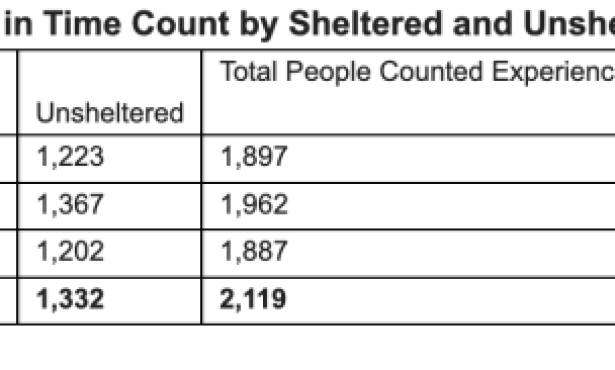Commuting in “Kelleafy”
When Kelly Schmandt Ferguson took a job in Santa Ynez last year, commuting to work by bus was no longer an option for the Santa Barbara resident. Concerns over increased gas expenses and the environmental impacts of fossil fuel emissions as well as the desire to “support a technology that [she] believed in” led Kelly to research leasing an electric vehicle.
Her family members, however, were skeptical. On her first test drive of a Nissan Leaf up the steep and windy San Marcos Pass, Kelly convinced her dad to ride along even though he was certain the vehicle wouldn’t be able to operate as a normal car. With a laugh, she remembers, “He was sold on it by the time we got off the pass.”
Still, the commute length — approximately 35 miles — made her hesitate, as the Nissan Leaf battery normally goes around 70 to 80 miles before needing to be recharged.
Kelly had “range anxiety,” or the fear of being stranded with a dead battery miles away from a charger. But as the new Environmental Management Specialist for the Santa Ynez Chumash Environmental Office (SYCEO), she was in luck.
As part of the Reconnect CA grant program funded by the California Energy Commission through the California-based EV charging stations manufacturer, ClipperCreek, Inc., the Chumash installed two dual station electric vehicle chargers on the Santa Ynez Indian reservation last year. One dual unit was installed in the self-park structure at the Chumash Casino Resort while the other dual until was installed at the Tribal Hall. The tribe made the substantial investment necessary for the electrical infrastructure while ClipperCreek provided and setup the chargers.
After the Community Environmental Council informed the SYCEO, the tribal government’s environmental agency, about the grant opportunity, the office applied for it, partnering with the tribal government and the casino to implement the project. The installation was the tribe’s second EV charging stations initiative. In 2012, the Chumash independently installed a dual charging station at their employee parking lot in Santa Maria.
SYCEO’s Environmental Director, Josh Simmons, noted that the tribe, casino, and SYCEO share the goals of “sustainability, environmental stewardship, and energy savings.” And he pointed to the stations as the latest effort to serve the needs of the entire community, including employees of the Tribal Government, Tribal Health Clinic, as well as casino guests and employees.
Last year, the Chumash Casino Resort offered its guests an opportunity to win a 2013 Nissan Leaf, and in April 2014, the Chumash Casino Resort will be giving away eight more Leafs to increase awareness of the benefits of electric vehicles and the availability of EV charging stations at tribally-owned facilities. Hopefully, such efforts will “impact peoples’ choices when they’re thinking about buying their next car,” said Josh.
It certainly convinced Kelly. Once she knew the stations were approved, she leased “Kelleafy,” her affectionate name for her 2013 Nissan Leaf. She isn’t the only one to benefit from her new car, as several of her co-workers regularly commute with her from their homes in Santa Barbara.
Kelly has settled into her charging routine, typically “trickle” charging her car at night with an extension cord that runs from her garage to a parking spot in front of her house. She still has some charge left on her battery when she arrives at work, but she’ll charge up again to make the return trip. Since she’s not trickle charging at work, it only takes about one and half to two hours before Kelleafy’s battery is rejuvenated.
She points to her Leaf as her way of supporting a technology that moves us all toward a more sustainable future, and she encourages others to do the same, especially given the need for immediate action on climate change.
Still, Kelly recognizes that electric vehicles work for people with a certain range of driving habits, at least until EV charging stations are more abundant. But, she points out, “People tend to buy cars for the worst case scenario. They know that they take 600-mile long car trips twice a year, so they conclude that a Leaf won’t work for them. But in reality, they pay the price of an oversized car, especially in terms of gas, that’s much more than they need in their daily life over the rest of the year. If people looked at the lengths of their daily car trips, they’d see that, oftentimes, it’s a financially and environmentally good decision to go with a car that actually fits their life better.”

